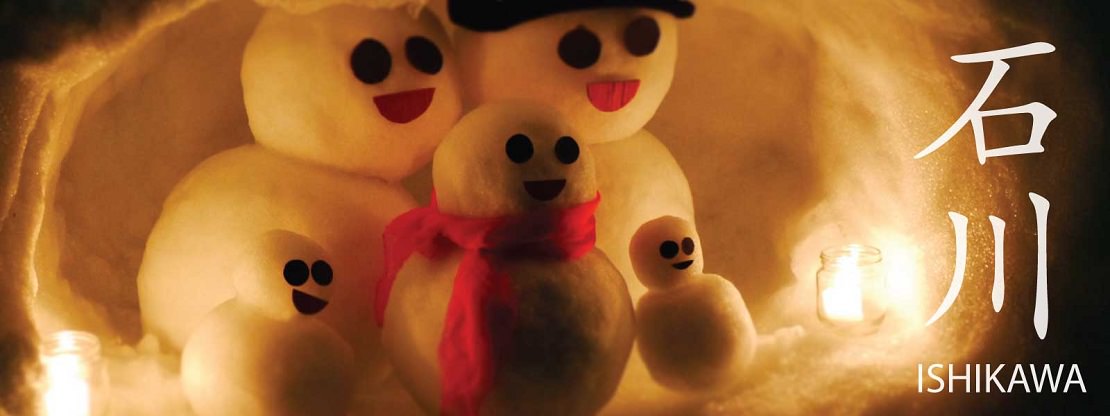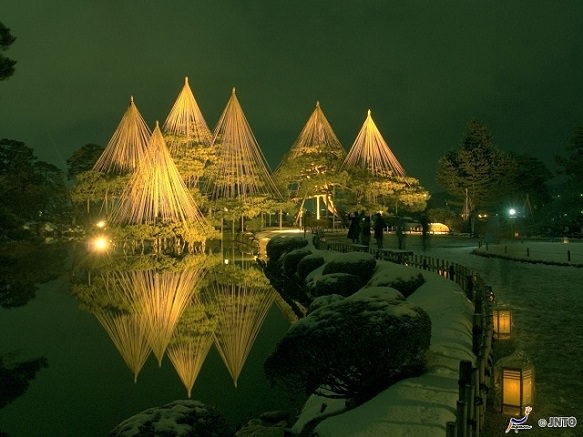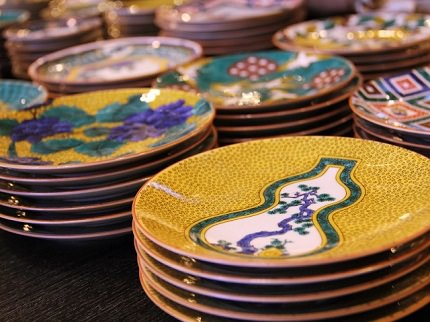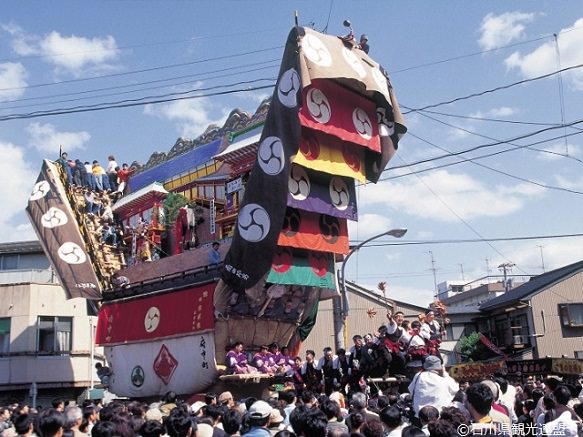-
- USA/Canada 1-800-285-2726
- Australia (02) 8006 4411

Region: Chubu
Capital: Kanazawa
Population (approx.): 1.157 million (2012)
Area: 1,616 sq miles
Area Rank: 35
Home to famous Kenroku-en Garden regareded as Japan's three most beautiful gardens

Ishikawa Prefecture is located in the Hokuriku District of the Chubu region and its capital Kanazawa is one of the most visited cities in the district. In fact it is the center of the government and economy of the prefecture. Kanazawa developed “kaga yuzen”, a form of dyeing that produces colorful dyed silk fabric for kimono. “Kutani ware”, a style of producing Japanese porcelain, also originated from Kanazawa. Destination wise, Ishikawa’s most visited site is Kenrokuen Garden. Kenrokuen is considered one of Japan’s three most beautiful landscape gardens. The name Kenrokuen literally means "Garden of the Six Sublimities", referring to spaciousness, seclusion, artificiality, antiquity, abundant water and broad views, which according to Chinese landscape theory are the six essential attributes that make up a perfect garden. Another popular spot is Myoryuji Temple, more often known as Ninjadera. Although the temple itself is not associated with ninjas, the temple received its name from featuring many deceptive defenses, as ninjas did.
One of the Three Most Beautiful Gardens in Japan
Known as Ninja Temple with many deceptive defenses
One of three great night pleasure spots in Kanazawa district
Large Fresh Food Market composed of approximately 200 stores
Great museum to view works of acclaimed contemporary artists
One of the few places left storing artifacts depicting the lifestyles of samurai
Founded 1583 by the Maeda Clan and located next to Kenrokuen Garden
The Noto Peninsula extends about 100 kilometers into the Sea of Japan

One of Ishikawa’s local cuisines is “kabura zushi”, or turnip sushi. Unlike a traditional sushi where the sashimi sits above the rice, the yellowtail sashimi in a kabura zushi is sandwiched in between sliced salted turnips and rice which is then fermented, giving it a sour sushi vinegar like taste. It is a popular New Years dish in Ishikawa.
Another dish of Ishikawa is the "jibuni"." Jibuni is a local specialty of Kanazawa City, Ishikawa and is a duck stew. Jibuni consists of duck coated with flour, "fu" (wheat gluten), and vegetables stewed in a dashi stock. Although wild duck was originally used, aigamo duck and chicken are commonly used in jibuni today.

Kutani-ware is a famous type of Japanese porcelain produced in Ishikawa. It began in the Meiji era in the 1860s and is still among the most praised types of porcelain in Japan. Kutani ware is known for its bold colors, focusing on green and blue. The use of gold also added a hint of luxuriousness to the beautiful designs. Its unique designs featuring birds, flowers, and geometric patterns also led to Kutani ware's high praise.
Japanese porcelain from Kutani (now part of Kaga), Ishikawa
Display about 600 gorgeous collection of traditional dolls from all over Japan
Kanazawa Prefecture's famous Dyeing Techniques
Kanazawa Gyokusen-tei is a one Michelin-Starred Japanese restaurant that opened 2014.

Seihakusai Dekayama Matsuri is a 3 day festival, and one of Ishikawa's largest festivals. "Dekayama" (which literally means large mountain) floats, 12 meter high floats that weigh up to 20 tons, are brought in from three towns, Uomachi, Fuchumachi, and Kajimachi. The floats are then pulled and maneuvered by volunteers and participants through the narrow streets, making sharp turns as necessary. The float makes several stops to allow its carriers to rest and spectators to take pictures with the impressive floats. The sharp turns and great control of the floats in Seihakusai Dekayama Matsuri make this festival one of Ishikawa's greatest.